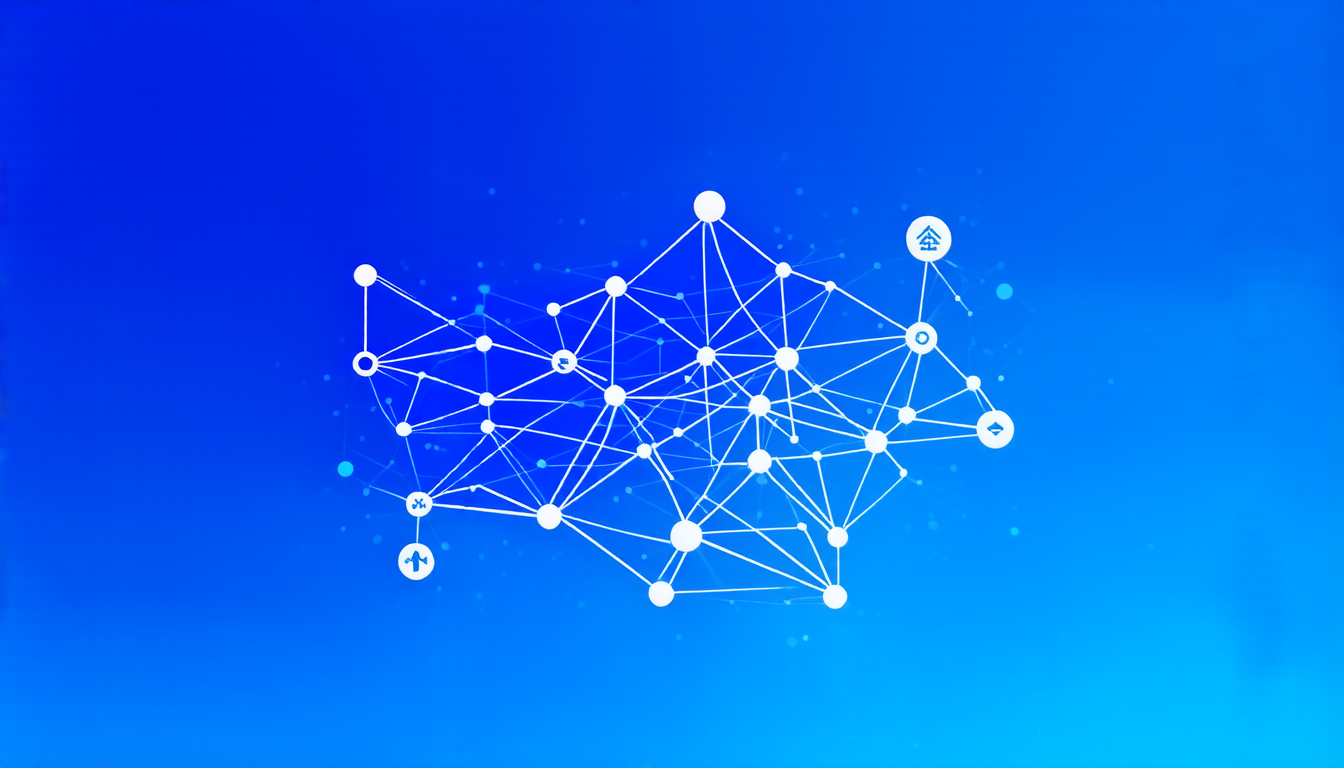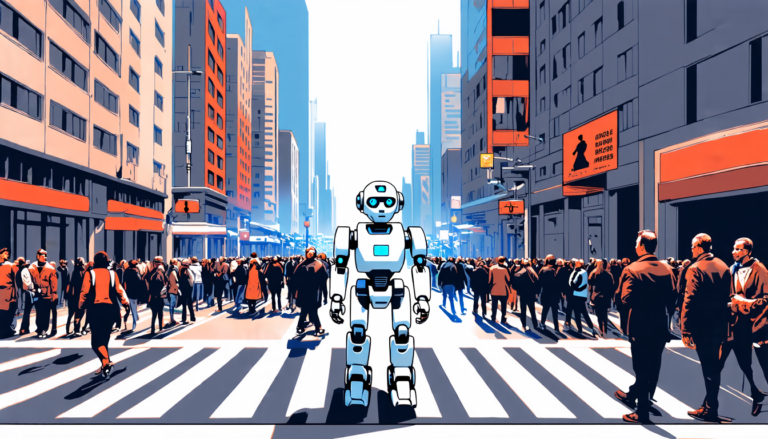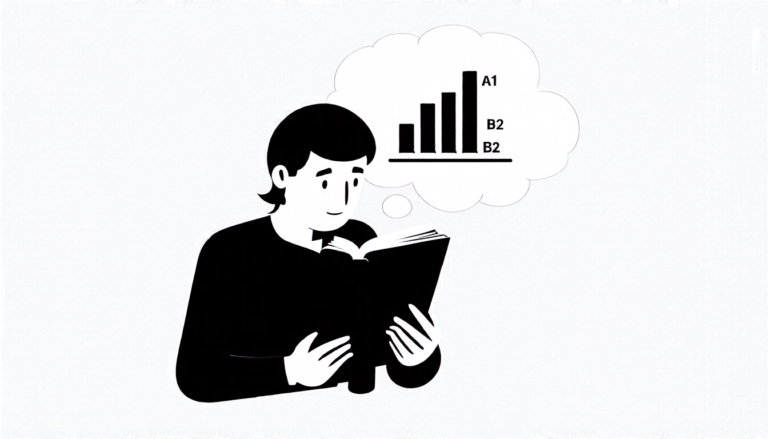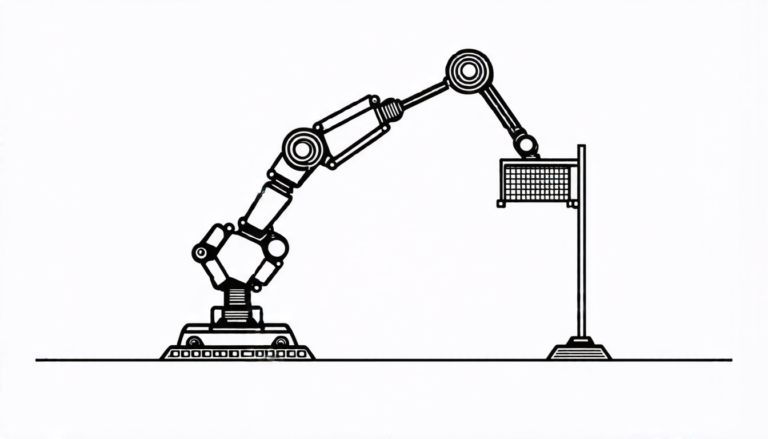Wednesday 09 April 2025
As we strive for more efficient and sustainable communication networks, researchers have made a significant breakthrough in developing self-organizing distributed systems that can adapt to changing environments.
The innovative approach, which combines artificial intelligence and physics-inspired methods, enables agents within these complex networks to learn and adjust their behavior based on the system’s performance. This allows them to optimize connectivity while minimizing energy consumption, making it an attractive solution for applications such as Internet of Things (IoT) networks.
In this study, scientists designed a simulation where agents, equipped with AI-powered neural networks, were released into an environment with specific rules and objectives. The agents’ initial training prepared them for an obstacle-free space, but they quickly adapted to new conditions when obstacles were introduced. Despite the challenges, the network maintained high connectivity levels, demonstrating its resilience and adaptability.
One of the key aspects of this system is its decentralized structure, which eliminates the need for a central controller. This not only increases reliability but also makes it more difficult for malicious actors to disrupt the network. Additionally, the agents’ ability to learn from their environment enables them to adjust their behavior in response to changes, such as the addition or removal of nodes.
The researchers tested this approach using various scenarios, including the introduction of obstacles that absorbed or reflected signals. In each case, the agents adjusted their transmission radii and connectivity strategies to maintain optimal network performance. This adaptability is crucial for ensuring reliable communication in complex environments where conditions can change rapidly.
This breakthrough has significant implications for the development of IoT networks, which often require nodes to communicate with each other over long distances while minimizing energy consumption. By leveraging this self-organizing distributed approach, researchers can create more efficient and sustainable IoT systems that are better equipped to handle dynamic environments.
The study’s findings also highlight the potential benefits of integrating AI-powered agents into complex systems. By allowing these agents to learn from their environment and adapt to changing conditions, we can create more robust and resilient networks that are better prepared to handle unexpected challenges.
As researchers continue to refine this approach, we can expect to see significant advancements in fields such as wireless sensor networks, smart grids, and autonomous transportation systems. The potential for AI-powered self-organizing distributed systems to transform the way we communicate and interact with each other is vast, and it will be exciting to see how these innovations unfold in the years to come.
Cite this article: “Self-Organizing Networks: AI-Powered Connectivity and Energy Efficiency in Complex Systems”, The Science Archive, 2025.
Artificial Intelligence, Self-Organizing, Distributed Systems, Adaptive Networks, Internet Of Things, Iot, Obstacle-Free Space, Decentralized Structure, Neural Networks, Energy Consumption.







